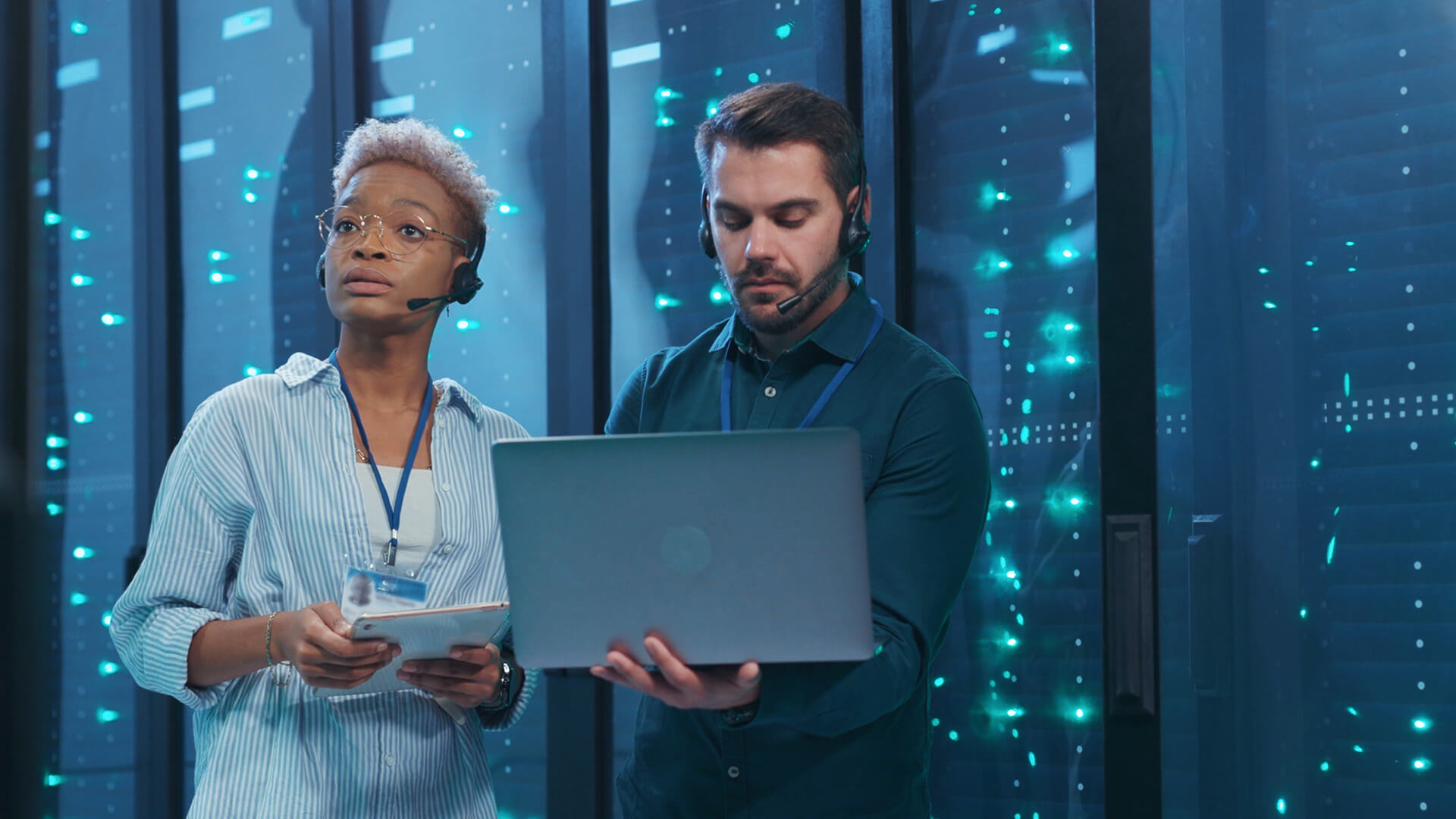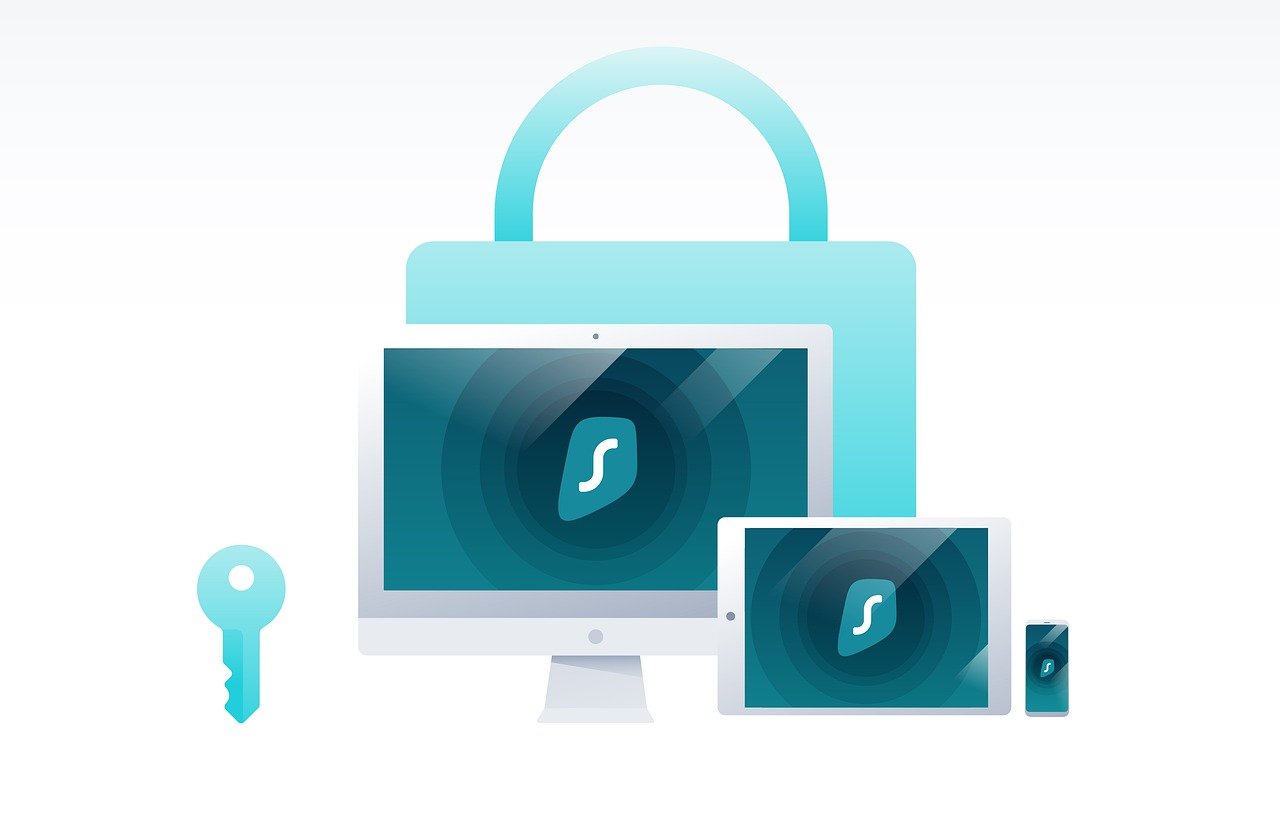As cybersecurity threats continue to increase every year, it’s crucial to protect your business at all costs. When your business stores digital assets in the cloud, it’s at risk for cybersecurity threats. Data loss can be a catastrophic blow to your business, as it can cause a drop in trust level among your customers while facing the costly setback to put your business back in order.
One way to keep your business safe is to audit the cybersecurity plan of your business. Here are several must-include items in your cyber security audit checklist:
1. Update the Operating System
The operating system your business currently uses should have automatic updates. This means that the system will automatically initiate updates once available, depending on your business policies. However, in some cases, it might require a professional to perform the necessary updates.
Remember that system updates are crucial to ensure seamless business operations and processes.
2. Assess the Cybersecurity Protocols of Your Provider
When employing the services of a managed security service provider (MSSP), it’s essential to review the policies and protocols to learn how they secure their data centers and cloud infrastructures.
Working with professionals with the skills and expertise in the industry will ensure the best protection for your business. A team of experts will also determine whether your critical business assets are at risk. This is because they can identify any security vulnerabilities before an attack occurs.
If you want to ensure the safety of your business at all times, you can consider opting for MSSP security to keep potential cybersecurity threats at bay.
3. Check the Accessibility of Your System
It can be daunting what a USB storage device and Internet connectivity can do today. In just minutes, a hacker can copy your business data or corrupt your system.
With the potential risks, it’s crucial to control who can access your system. As a start, perform a thorough background check on all employees or contractors before allowing them access to your system.
As you scrutinize and update your IT policies, you should also prioritize training for your employees. Always remember that human error is one of the biggest challenges for IT security. Generally, it’s best to include regular discussions on the current IT security threats, preventive measures, and phishing drills. Doing so will significantly help minimize potential loss. Most malware or phishing attacks will fail if employees are well aware of your policies and follow security protocols.
4. Update Antivirus and Antimalware Software
Businesses should ensure that antivirus and antimalware software are always up to date. Missing out on an update can put your data at risk.
Most antivirus and antimalware software will check for updates frequently and scan the system on schedule along with any media inserted into a workstation. Among larger companies, the workstations have configurations in which they report the status of the updates to a centralized service, which can send out updates automatically when necessary.
5. Provide Email Awareness Training
As part of the safety protocols, employees should be cautious when opening suspicious emails. So, make it a priority to remind employees how to take the necessary precautions before clicking on an email link or to check the email properties if the sender’s email address is a match.
The employees should also be reminded not to click on or open suspicious attachments. Instead, they should send them to the IT team to assess any harmful elements.
6. Secure Communications
The lines of communications can be a weak point in which potential threats can infiltrate your system. Your business must have specific tools that allow secure communications, especially when it comes to sending and receiving data.
All the employees in your company should undergo training on utilizing the business portal or encrypted email solution when handling any data containing sensitive data.
7. Review the Data Loss Prevention Policies
The convenience the cloud provides makes it convenient for anyone to access and share information. Sadly, this can be a potential threat to your business operations. You’ll never know when employees might download a file with sensitive data over public Wi-Fi or share it with others.
Take the necessary precautions by reviewing the data loss prevention policies of your company. If necessary, you should set policies that limit document sharing or encrypting files before sharing.
8. Ensure Safe Connections
Making sure the connections in your system are secure should also be a priority. The IT team should provide training to the employees on how to connect securely to the information resources of your system either by utilizing a virtual private network (VPN) or other secure connection.
9. Review the Layered Security Scheme
Layered security involves several layers of protection for your business. It’s best to consider layered security such as a firewall to protect against potential cybersecurity attacks. If you already have one in place, work with a professional to make the necessary adjustments.
One of the practices worth implementing is a combination of antivirus or malware software with a firewall and an intrusion prevention system (IPS).
10. Perform Data Backup
When you want to minimize the damage to your data or any disruptions to your business operations, it’s best to regularly back up your data to a secure, encrypted, and off-site location.
The approach can be advantageous to your business operations since it can help ensure a seamless recovery from a cybersecurity attack, human error, and natural calamities. Additionally, it’s also essential when it comes to complying with government regulations.
11. Conduct Internal and External Vulnerability Scans
As part of maintaining the security of your business operations, perform scheduled internal and external vulnerability scans to pinpoint any potential weak spots in your system. Generally, a professional will implement these scans through a program to identify any threats.
An internal scan might identify an undesirable program. As for an external scan, it can gauge the overall strength of the network segmentation and segregation.
12. Cybersecurity Insurance
In your cybersecurity audit, don’t forget about cybersecurity insurance. Sadly, many companies overlook this aspect and still end up a victim to hacking attempts despite implementing several safety measures.
The cost of this insurance has significantly dropped in recent years, and you should consider both first-party insurance to cover the direct losses from a breach. In contrast, third-party insurance would help cover any damages to your client’s data.
Final Thoughts
With the help of a cybersecurity audit, it’ll ensure a secure and safe future for your business. Cybersecurity can be quite complex and tedious, but protecting your business must be your priority. Performing a cybersecurity audit with a team of professionals will ensure you’ll cover everything in keeping your business secure and safe at all times.











